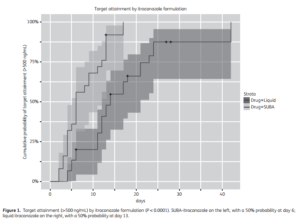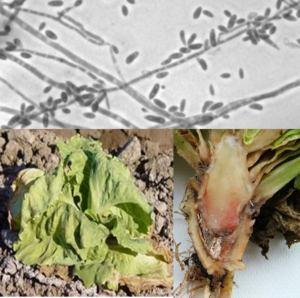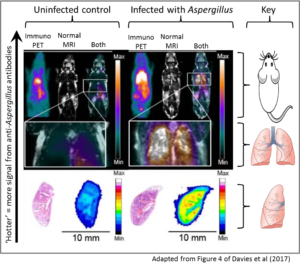Submitted by Aspergillus Administrator on 8 December 2014
Reported during particularly wet weather in Montana, USA by Emily Glunk, MSU Extension Forage Specialist:
Following the large amounts of rain received throughout Montana in recent days, MSU Extension has received reports of heating and molding of hay bales that have been stacked and stored outside. Problems following heating and water damage of hay include spontaneous hay fires; quality loss of rained-on hay, especially if it continues to sit in water; and molding.
Spontaneous hay fires usually occur within six weeks of baling, however when external moisture such as heavy rain is added, issues can arise outside of that timeframe. Increases in bale moisture increase microbial activity, with heat as a by-product. It is typical to see temperatures peaking 3 to 7 days post-rainfall, but should return to normal by 60 days. This will depend on factors such as relative humidity, bale density, and amount of rainfall received. The longer it takes for the bale temperature to return to normal, the more likely for a fire or significant damage will occur to the hay.
Beyond possible spontaneous combustion, there are other quality losses associated with rained-on hay, especially hay that continues to sit in water. When hay begins to heat due to additional moisture, some of the proteins become unavailable for digestion due to binding with fiber. Unfortunately, this will still show up as crude protein on a standard lab test, and so may not exactly represent the amount of protein available to the animal.
Another well-known effect of rained-on hay is molding. Mold, and especially the mycotoxins that some molds produce, can be harmful to animals and humans alike. Horses are the most susceptible, with ingestion of moldy hay potentially resulting in respiratory and digestive issues. Ruminants aren’t as sensitive to moldy hay, but can experience negative effects such as abortions or aspergillosis. Additionally, there is a condition known as “farmer’s lung” that can occur in humans due to fungus growing in lung tissue after fungal spores have been inhaled.
MSU Extension forage specialist Emily Glunk has prepared an information sheet to answer questions and mitigate damage. Visit www.msuextension.org for more information.
In addition, MSU Extension plant pathologist Mary Burrows has prepared an Ag Alert for those with concerns about un-harvested winter wheat, spring wheat and barley that may be susceptible to grain sprouting in the head due to the large quantities of rain. Resources are available through MSU Extension at www.msuextension.org.
News archives
-
Title
Date











